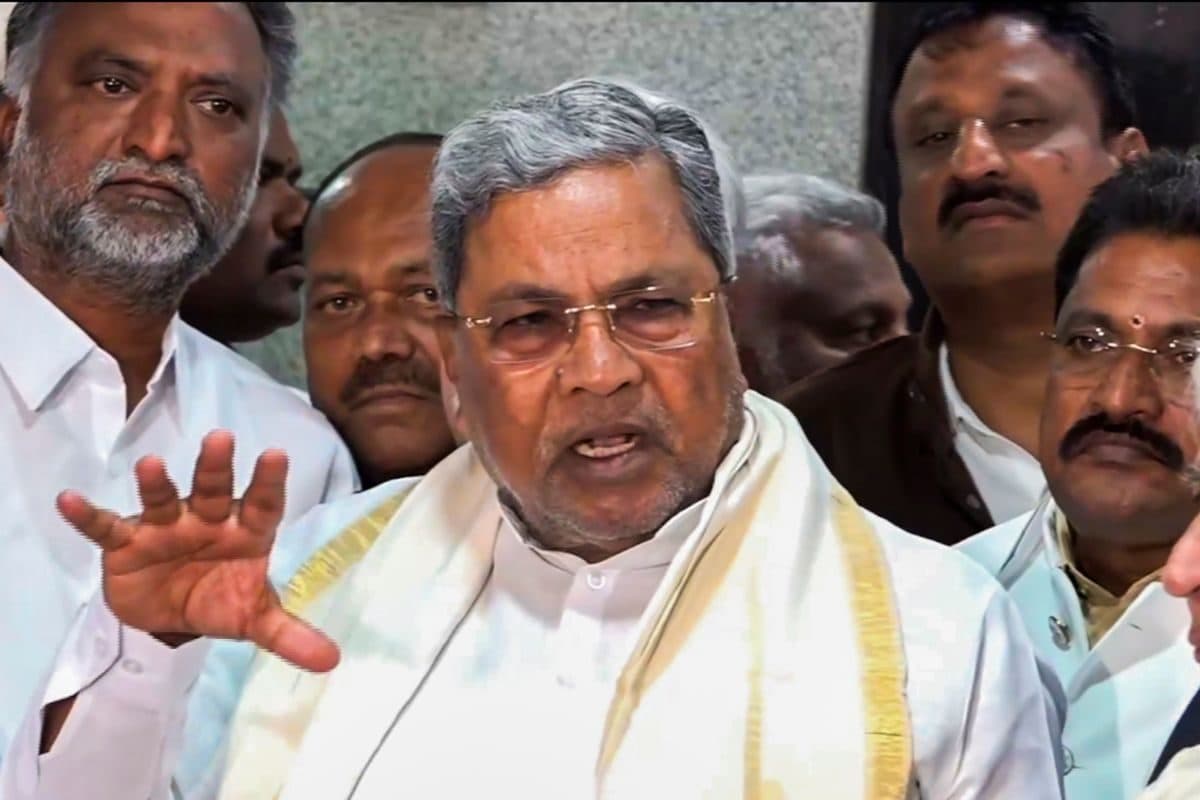News
Mumbai Deluged: Heavy Rains Cause Disruption and Flight Cancellations

On July 21, 2024, Mumbai faced a severe bout of monsoon rain that significantly impacted daily life in the city. The relentless downpour, which persisted for four consecutive days, led to extensive waterlogging across various localities, crippling public transportation and causing vital disruptions for the citizens.
The weather system caused two fatalities in Nagpur district, where a man and an elderly woman tragically lost their lives. Additionally, a 12-year-old boy has gone missing after being swept away by floodwaters in separate incidents reported on Saturday. Nagpur district officials have highlighted these unfortunate events as a grim reminder of the monsoon’s dangers.
As the rain continued unabated, a staggering 36 flights faced cancellations at Mumbai’s primary airport on the same day. This included 24 flights from IndiGo Airlines, comprising 12 departures, alongside eight cancellations from Air India, which included four departures. Additionally, four flights operated by Vistara were also scrapped due to persistently adverse weather conditions.
In a response to the severe weather, the Mumbai Police issued a public advisory on the same day, urging residents to refrain from venturing out into coastal regions. Citizens were advised to only leave their homes when absolutely necessary and to exercise caution. An emergency contact number, 100, was provided in the event of urgent situations.
The Brihanmumbai Municipal Corporation reported alarming rainfall totals, stating that between 8:00 am and 6:00 pm on Sunday, the city itself recorded 100 mm of precipitation, while the eastern suburbs endured 118 mm, and the western suburbs reported 110 mm. These figures demonstrate the intensity of the storm that swept over the metropolitan area.
Flight operations at Chhatrapati Shivaji Maharaj International Airport faced significant disruptions as weather conditions deteriorated. Reports indicate that runway operations were suspended twice due to poor visibility and heavy rains—first for eight minutes starting at 12:12 pm, and then again from 1:00 pm until 1:15 pm. Upwards of 15 flights were redirected to alternate airports, primarily Ahmedabad, until later in the afternoon. This disruption affected airlines including IndiGo, Air India, Vistara, and Akasa Air.
Several major routes were also compromised due to extensive waterlogging. This included critical closures of the Andheri Subway in DN Nagar, Khar subway, and the Maharashtra Nagar subway in Trombay. Vehicles became trapped on inundated streets in central Mumbai areas such as Matunga and Wadala, exacerbating the transportation chaos across the city.
In light of these challenges, Chief Minister Eknath Shinde convened a meeting and instructed officials to remain vigilant as heavy rains continued to affect various districts within Maharashtra. He emphasized the importance of regular updates from the India Meteorological Department, urging local authorities and emergency services to devise plans for assisting affected residents. Shinde called for comprehensive surveys of flood-prone areas, the adoption of flood control measures, and the establishment of adequate stockpiles of food, medicine, and emergency supplies.
As officials worked on plans for relief efforts, the India Meteorological Department (IMD) issued an orange alert for Mumbai, Thane, and a yellow alert for the Palghar district. They forecasted ‘heavy to very heavy rainfall’ continuing in the region, adding to the worries of residents already grappling with the floods.
In a direct request to the residents, IndiGo airlines advised travelers to monitor their flight statuses due to conditions that could worsen, reflecting the uncertainty that lingered over air travel as the storm showed no signs of abating. The weather forecast at the time suggested temperatures would vary between a high of 29°C and a low of 25°C, demonstrating the summer heat that typically characterizes the monsoon season.
The relentless rains throughout the week had already caused widespread flooding, with reports highlighting inundated streets across various neighborhoods, including Dadar, Worli, Parel, Matunga, Mahim, and Prabhadevi. Many homes in these low-lying areas experienced water seepage, leading to significant property damage.
As conditions began to unfold, residents shared their experiences on social media, expressing frustration over the travel disruptions and the government’s preparation for the monsoon season. The situation serves as a reminder of Mumbai’s struggle with monsoon floods and the urgent need for effective infrastructure and planning to protect inhabitants from nature’s fury.












